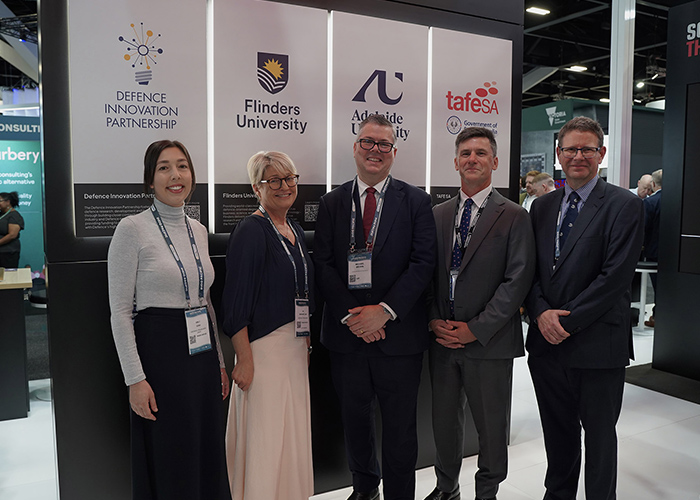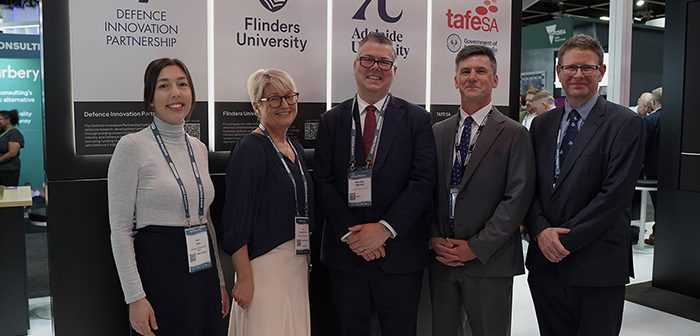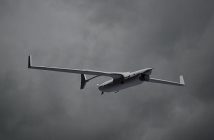
Northrop Grumman has announced the successful completion of the proof-of-concept phase of its Hollow Core Optical Fibre project, marking a significant milestone in advancing Australia’s next-generation inertial navigation technologies.
Delivered in partnership with the University of Adelaide under the Defence Trailblazer program, the project represents a major step toward South Australia’s inclusion in Northrop Grumman’s global supply chain and the strengthening of sovereign industrial capabilities in advanced photonics and defence manufacturing.
The 12-month project, completed between July 2024 and June 2025, was conducted with the University’s Institute for Photonics and Advanced Sensing (IPAS). The partners have now jointly submitted a funding proposal to the Australian Economic Accelerator (AEA) program, together with Adelaide-based company Norseld Photonics and Northrop Grumman Mission Systems. A funding decision is expected in March 2026.
The next phase of the initiative will focus on transitioning the research from the laboratory into commercial applications, creating new opportunities for local suppliers and supporting Australia’s defence and space sectors.
Rob Denney, Country Executive, Northrop Grumman Australia, said the project demonstrates the power of collaboration across industry, academia and government.
“This project is a great example of how collaboration between government, industry and research can deliver real outcomes for Australia’s sovereign defence capability,” Denney said. “Northrop Grumman Australia is proud to work alongside the University of Adelaide and our South Australian partners to advance this world-leading photonics technology. We look forward to the next phase of development and the opportunity to scale this innovation for national and global defence applications.”
Defence Trailblazer Executive Director, Dr Sanjay Mazumdar, said the project represents a critical step in building domestic capacity for advanced fibre-optic technologies.
“The ability to domestically fabricate fibres for fibre-optic gyroscopes is essential for Australia’s sovereign capability in supporting our Defence Force,” Dr Mazumdar said. “This partnership with Northrop Grumman, the University of Adelaide and Defence Trailblazer is a significant step forward in generating sovereign capability for Australia. The project team is in an excellent position to deliver more complex structures for future fabrication tasks.”
Piers Lincoln, Manager of the Institute for Photonics and Advanced Sensing at the University of Adelaide, said the collaboration has been a model for industry-research engagement.
“The University of Adelaide, through the Defence Trailblazer and with support from the Australian Government Department of Education, has been delighted to work with Northrop Grumman on the development of next-generation optical fibres for inertial navigation,” Lincoln said. “We are committed to translating these scientific breakthroughs into disruptive advanced manufacturing opportunities by partnering with South Australian defence manufacturer Norseld Photonics.”
Assistant Minister for Artificial Intelligence, Digital Economy, Defence and Space Industries, Michael Brown MP, praised the achievement as a demonstration of South Australia’s leadership in defence innovation.
“The successful completion of this proof of concept is a testament to South Australia’s world-class defence research capability,” Minister Brown said. “It highlights the importance of collaboration between government, industry and academia to solve complex challenges and advance technologies that strengthen our national resilience.”
The Hollow Core Optical Fibre project is part of a broader push to enhance Australia’s sovereign research, design and manufacturing capabilities across defence and space sectors, positioning the nation as a key contributor to next-generation global defence technologies.





